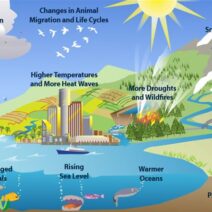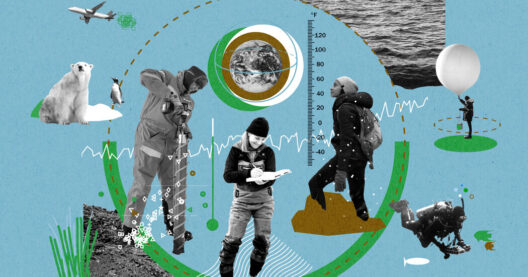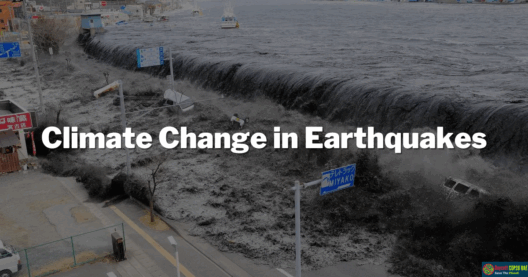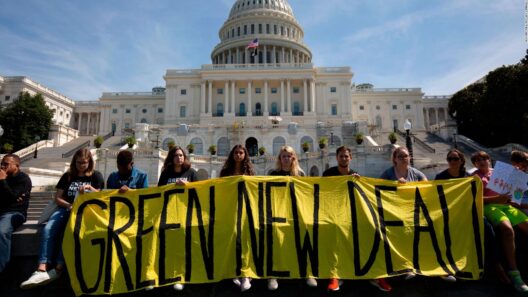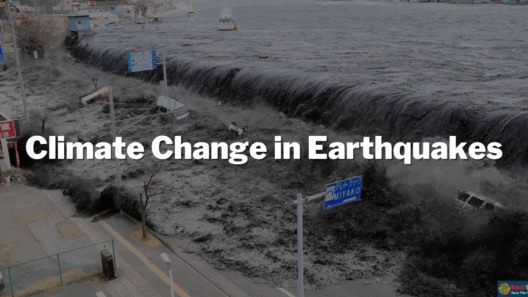Global warming represents one of the most pressing challenges of our time. Its ramifications extend beyond distant polar ice caps, infiltrating our everyday lives in profound and often unsettling ways. This phenomenon acts as a harbinger of climate anomalies, with consequences that reverberate through various spheres of existence. From rising sea levels to heightened weather volatility, the omnipresent effects of climate change necessitate urgent attention and action.
To comprehend global warming’s direct impact on individuals, it is crucial to understand the mechanics behind this climatic shift. Primarily, global temperatures have risen due to the accumulation of greenhouse gases in the atmosphere. This elevation in atmospheric carbon dioxide levels has led to increased retention of heat, resulting in transformations that extend far from mere temperature increases. The repercussions are profound and multifaceted, influencing ecological, health, economic, and social dimensions.
One of the most conspicuous effects of climate change is the alteration of weather patterns. As temperatures rise, changes in precipitation patterns result in both intensified droughts and unprecedented flooding. Regions formerly characterized by temperate climates now experience extremes — torrential rain pairs with prolonged dry spells, wreaking havoc on agricultural practices. Farmers find themselves grappling with unpredictable harvests. Food supply chains face substantial disruptions, leading to increased prices in grocery stores and malnutrition among vulnerable populations.
In urban areas, the heightened incidence of heatwaves creates additional challenges. Many cities are unprepared for the intensified summer temperatures due to the Urban Heat Island effect, where built environments trap heat. This escalation in temperatures contributes to elevated levels of smog and pollutants, exacerbating respiratory ailments, particularly among children and the elderly. Health crises rooted in heat stress and respiratory conditions underscore the urgency of the climate calamitous era.
The impact of rising sea levels cannot be overstated. Melting glaciers and polar ice caps directly contribute to this phenomenon, threatening coastal areas. Cities such as Miami, New Orleans, and New York City face existential threats from an encroaching sea. As these waters rise, infrastructure integrity comes into question, with potential displacement of entire communities. Economic repercussions are significant; property values decline, insurance rates elevate, and local economies suffer under the looming threat of displacement and loss of land.
Moreover, biodiversity finds itself in peril due to global warming. As temperatures rise, many species face extinction if they cannot adapt or relocate to more hospitable environments. This loss translates into diminished ecosystem services, such as pollination and natural pest control, which are critical to agricultural productivity. The intricate web of life, upon which humanity relies, hangs precariously as habitats are destroyed or irrevocably altered.
Increased frequency and intensity of natural disasters pose another stark reality of global warming. Hurricanes, wildfires, and droughts are no longer anomalies but rather a new normal. The financial toll on affected communities escalates significantly: from recovery efforts to infrastructural repairs, local and national budgets strain under the weight of these recurrent events. Insurance companies recalibrate their risk assessments, resulting in higher premiums that disproportionately affect low-income households. The social fabric strains as communities grapple with the psychological and emotional toll of repeated disasters.
In the realm of energy consumption, global warming compels a reevaluation of reliance on fossil fuels. As climate events intensify, transitioning to renewable energy becomes not merely a benefit but a necessity. The energy sector must innovate to reduce carbon footprints, ensure sustainable practices, and bolster energy resilience against climate variability. This shift toward renewable sources not only mitigates effects of global warming but also generates opportunities for economic diversification and job creation in newly emerging industries.
The intersection of climate change with social equity presents a crucial consideration. Marginalized communities often face the brunt of climate impacts, compounded by pre-existing socio-economic challenges. Lack of access to resources, education, and political power exacerbates vulnerability. Addressing this inequity necessitates inclusive approaches that empower local voices in climate discussions, ensuring that solutions accommodate and uplift all societal sectors.
Transitioning to a more sustainable future requires collective action. Policymakers, businesses, institutions, and individuals must collaborate to embed sustainability into the fabric of everyday life. Initiatives can range from supporting local and sustainable businesses to engaging in advocacy for progressive climate policies. The urgency of global warming mandates action; fostering awareness about the direct impacts of climate change on personal lives can catalyze movement toward a more resilient and sustainable world.
In conclusion, global warming poses immediate and tangible threats to individuals and communities. Its ramifications extend beyond abstract scientific phenomena, embedding themselves deeply in our daily lives. The stakes are high, and the time for decisive action is now. From advocating for equitable policies to embracing sustainable living practices, the capacity to effect change lies within us all. Understanding these dynamics empowers individuals to not just be passive observers but active participants in forging a sustainable future for generations to come. Each of us carries a responsibility to address climate change; the consequences of inaction are too dire to ignore. A warmer planet does not equate to a warmer future; it necessitates a collective shift in perspective, action, and commitment.

